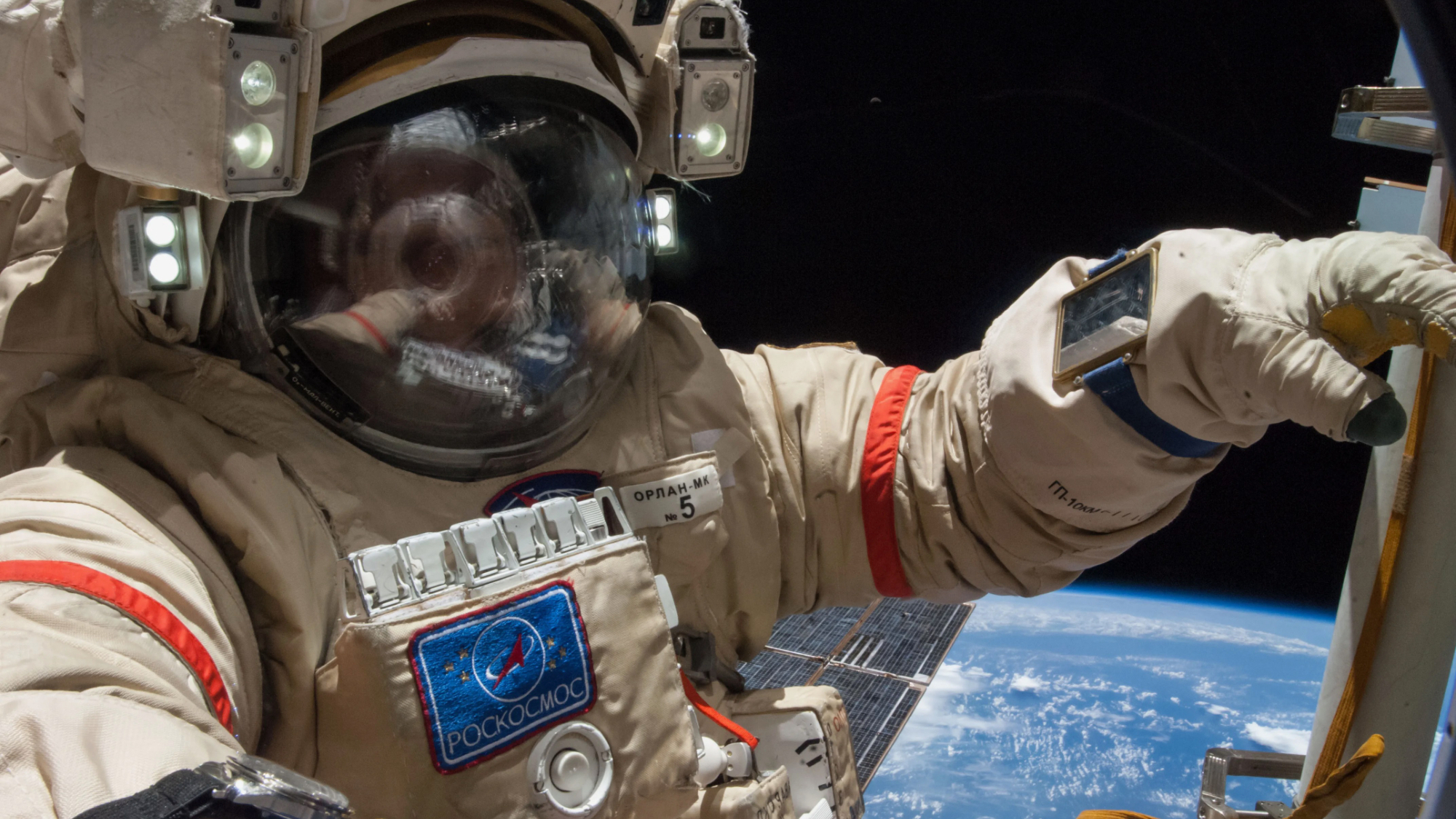Students Talk Space with ISS Crew, Educator Astronaut

HOUSTON ? Earthboundstudents made a long-distance call to the International Space Station (ISS) Wednesday,courtesy of NASA, as educator astronaut Barbara Morgan and her crewmates prepareto launch towards the orbital laboratory early next month.
Students spokefirst with the space station?s three-man Expedition 15 crew, and then questionedMorgan, STS-118 astronaut Dave Williams and commander Scott Kelly on their upcomingspaceflight during an event here at NASA?s Johnson Space Center.
?We wouldlove for you guys to actively participate with us now, and start helping usfigure out the answers to all the big questions we have,? Morgan told the crowdof more than 200 teachers, high school and college students.
Students pickedthe astronauts? brains about everything from how they?ll cope with separationfrom their families to what they hope to see from their unique vantage point220 miles (354 km) above Earth.
?I taughtfor 20 years in a little town out in the mountains of Idaho,? Morgan said ofher former teaching grounds in McCall, Idaho. ?It?s a beautiful spot on aglacial lake up at 5,000 feet and I?m hoping that one of our passes will takeus over that area.?
Angela O?Brien,a teacher at Mackenzie Middle School in Lubbock, Texas, said Morgan has playedan inspiring educational role during the past 20 years. Morganoriginally served as backup to schoolteacher Christa McAuliffe duringNASA?s Teacher in Space program and assumed her educational duties followingthe 1986loss of Challenger and its seven-person crew.
?When I sawher up there today, I didn?t see a ?former? teacher?once a teacher, always ateacher,? O?Brien said of Morgan. The reading and English educator noted thatshe will take advantage of the little time Morgan will have to interact aboardthe ISS to inspire the next generation of astronauts.
Breaking space news, the latest updates on rocket launches, skywatching events and more!
?If youthink about it, middle schoolers are the ones who will probably be going to themoon and Mars,? she said.
Williams,an STS-118 crewmember representing the Canadian Space Agency, encouraged theyoung crowd to envision themselves as future space explorers.
?When wewere kids growing up, we had dreams of becoming astronauts, and we neverthought that would be possible,? he said. ?Someone in this audience today couldbe an astronaut in the future going on those missions back to the moon and onto Mars. If you think that?s impossible, remember we thought the same thinggrowing up.?
JustinGorski, a 21-year-old student at the University of Rochester, New York, said hefelt moved by the astronauts? words.
?We had theopportunity to interact with them, and I now realize it?s entirely possible tobecome an astronaut,? Gorski said. ?If I personally had a chance, I?d rather goto the moon. Mars is a little too far for me.?
EndeavourSTS-118 crew expect to spend up to 14 days in space following their scheduledAug. 7 launch from Kennedy Space Center in Cape Canaveral, Florida. Among theirother tasks, the astronauts plan to perform up to four spacewalks, deliver afresh load of cargo and install a new starboard-side truss segment to the ISSduring the construction mission.
- NASA?s STS-118: Teaching the Future Through ISS Assembly
- SPACE.com Video Interplayer: Space Station Power Up with NASA's STS-117
- Complete Shuttle Mission Coverage
Join our Space Forums to keep talking space on the latest missions, night sky and more! And if you have a news tip, correction or comment, let us know at: community@space.com.
Dave Mosher is currently a public relations executive at AST SpaceMobile, which aims to bring mobile broadband internet access to the half of humanity that currently lacks it. Before joining AST SpaceMobile, he was a senior correspondent at Insider and the online director at Popular Science. He has written for several news outlets in addition to Live Science and Space.com, including: Wired.com, National Geographic News, Scientific American, Simons Foundation and Discover Magazine.
